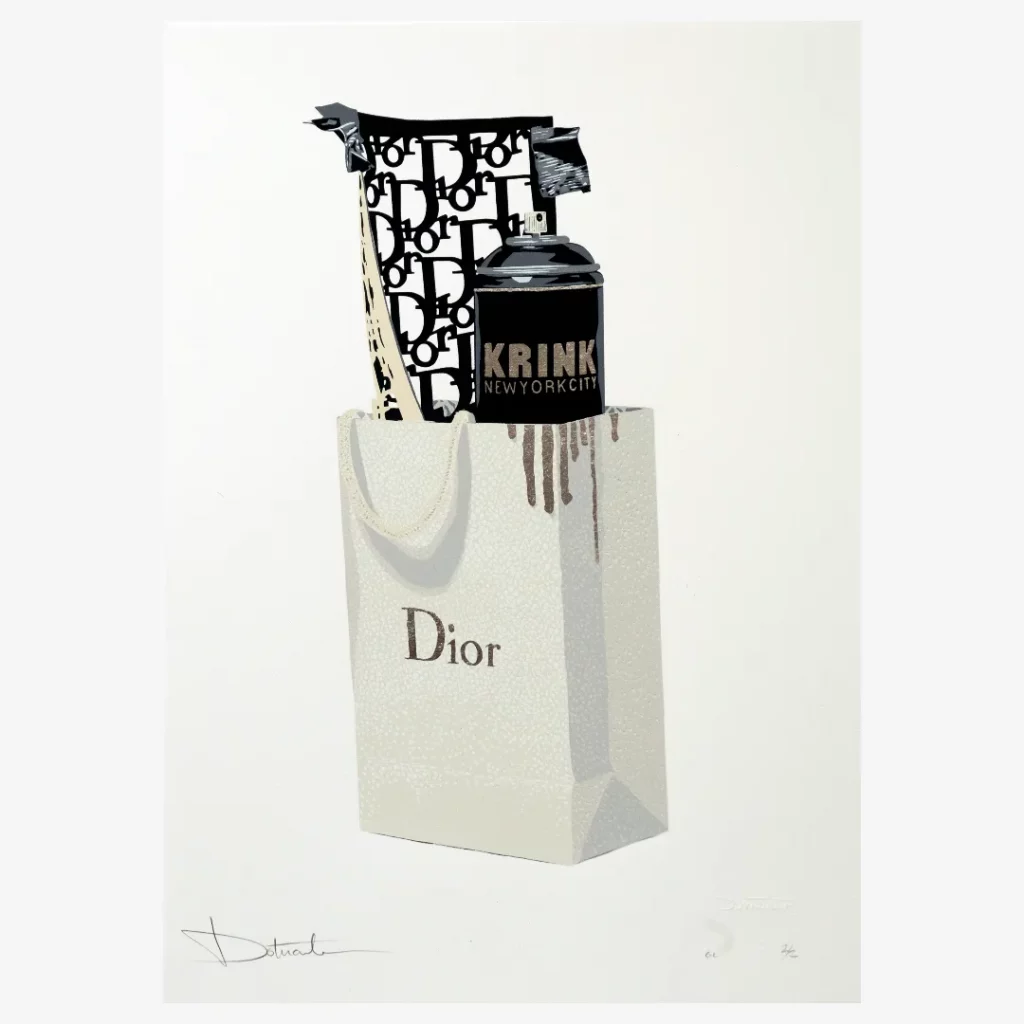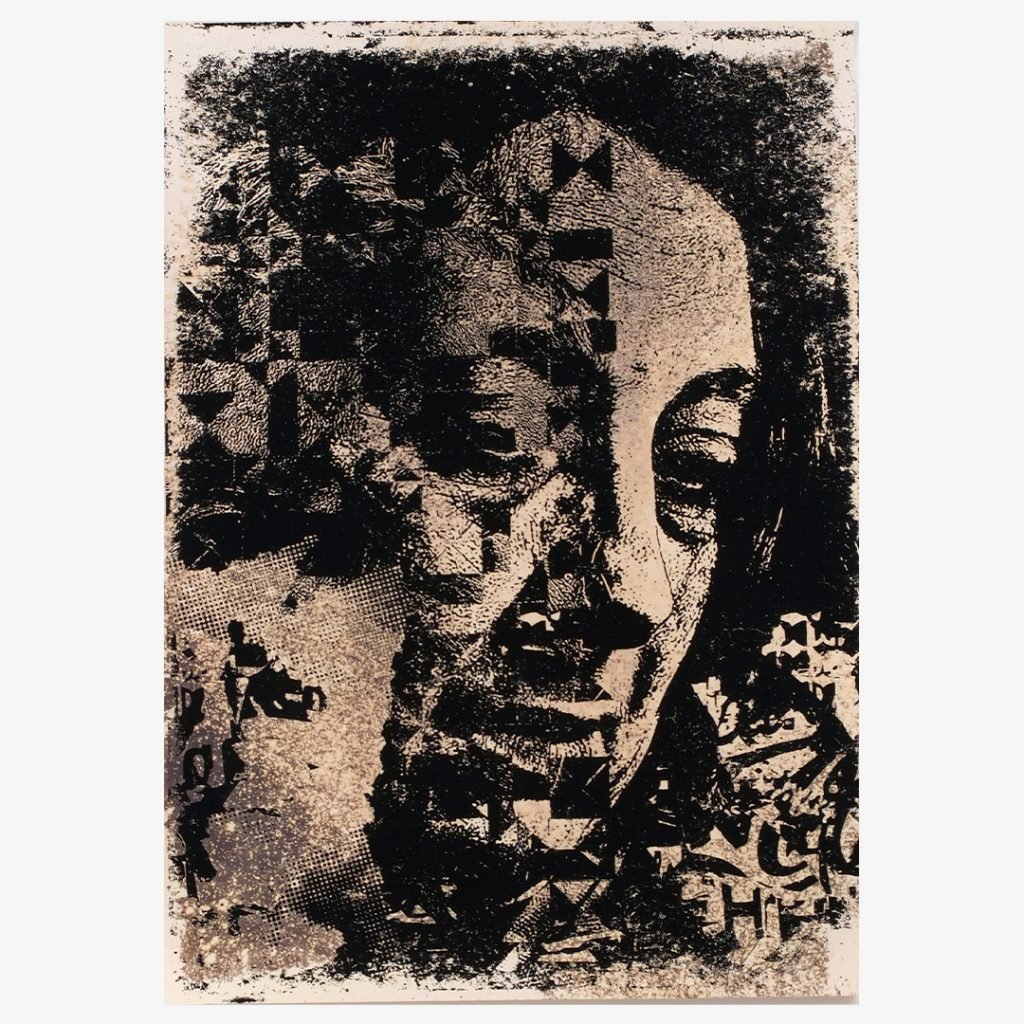Oke, young art collectors, this one’s for you. The objective of this article is to provide first-time art collectors with advice on how to get started, from finding great art to spending your budget wisely. Collecting art is the practice of acquiring works of art, either for personal enjoyment or investment purposes. Art collectors typically have a keen eye for aesthetics and may have a particular interest in a specific artist or art movement. It can be a hobby or a profession, and it requires knowledge and understanding of art history, art market trends, and the artists themselves.
Let’s start by saying that the world of collecting art has changed drastically in the last 10 years or so. The act of collecting art has undergone a transformation – it is now done in different ways, with different resources, and is more accessible and open to a wider audience. Collecting art is both a passion and a study; it is seen as an investment, but it is more rewarding to collect art for personal reasons than for financial gain. So, here we’ll list down the top five tips for young art collectors.

Listen To Your Desire
Our very first piece of advice is to enter the world of art collecting by passing through the front door. Collect what you love! Start with something small, preferably a cheap painting or a limited edition print. It’s of fundamental importance, especially for a neophyte, that the very first artworks in the collection are purchased from trusted art dealers who can certify, through the correct documentation, the originality of the desired piece. Once you become more experienced, you will be able to evaluate artwork yourself, but for now, it is best to trust the dealer’s reputation. Enjoy the ride and, above all, have fun.
Information Is Key

Do your homework. Research is the most important thing. The more you know about the artist and the artwork, the more fulfilling the journey to acquiring the artwork will be. Time spent researching and exploring opens up new possibilities and new avenues. It keeps you up-to-date on the latest methods and paths to exciting riches. Choosing to collect art that isn’t expensive is a good start. Buying second-hand is another excellent avenue – either online or straight in a gallery or shop. Never get tired of discovering, searching, reading, being informed, and keeping up to date.
Will You Still Like It In 10 Years From Now?
Now, that’s an important question. One of the first rules you have to apply is that you don’t buy art just for the sake of having them on the walls. Let’s be clear, nothing wrong with thinking that you are dealing with a form of investment. But it is important to remember that all investments involve some degree of risk, and that includes collecting art. Our advice to any new collector is to buy the art they like the most, and that speaks to them the most. Taking too much consideration of a possible future revaluation greatly limits the horizon of choice, forcing you to consider only certain types of art, slowing down the incredible journey you are about to undertake.

Buy A Well Established Artist
This sounds a bit awkward perhaps, but trust us on this one. In fact, you’ll thank us later. An established artist is an individual who has dedicated themselves to their art and who has achieved a high level of success. An artist who is at a mature stage in his or her career and who has created an extensive body of independent work. There are a lot of artworks out there from well-established artists you can buy cheaply. And if you do find something you like, make sure it has proper documentation.
Find Yourself A Trustworthy Seller
One of the very first things you should do when you’ve become an art collector is to find yourself a proper seller. Find a gallery you can trust, a gallery that works with well-established artists, and a gallery that will give you a good deal. Hold tight to a gallery you can count on, who can direct you to someone in their own network who can help you.
It is always advisable that young collectors see an artwork they have been willing to purchase, physically. It is preferable that the work is viewed at a gallery so as to place an artwork in a physical space and get a better insight. Buy safe. You want to be absolutely certain an artwork is 100% authentic. Take your time. Never find yourself in a situation where you’re under pressure to part with your money for artwork you’re unsure about.

Cover image: The Art of Nick Walker

Leave a Reply